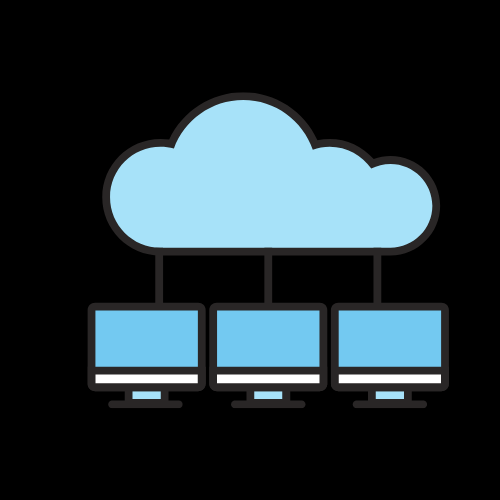[ad_1]
10 Effective Email Segmentation Strategies to Maximize Marketing Success
Email marketing is a powerful tool for businesses to reach their target audience and drive sales. However, in order to maximize the success of your email marketing efforts, it is essential to implement effective email segmentation strategies. By segmenting your email list and sending targeted, personalized messages to specific groups of subscribers, you can significantly increase open rates, click-through rates, and conversions. In this article, we will explore 10 effective email segmentation strategies that can help you maximize the impact of your email marketing campaigns.
1. Demographic Segmentation
One of the most common and effective email segmentation strategies is demographic segmentation. This involves dividing your email list based on factors such as age, gender, location, income level, and occupation. By tailoring your email content to specific demographic groups, you can ensure that your messages resonate with your audience and are more likely to result in conversions.
2. Behavioral Segmentation
Behavioral segmentation involves dividing your email list based on the actions and behaviors of your subscribers. This can include factors such as purchase history, website activity, email engagement, and more. By analyzing the behavior of your subscribers, you can send targeted emails that are personalized based on their specific interests and actions.
3. Psychographic Segmentation
Psychographic segmentation involves dividing your email list based on the psychological characteristics and traits of your subscribers. This can include factors such as personality, values, attitudes, and lifestyle. By understanding the psychographic profiles of your subscribers, you can create highly personalized emails that resonate with their unique interests and preferences.
4. Purchase History Segmentation
If you have an e-commerce business, segmenting your email list based on purchase history can be incredibly effective. By targeting customers who have made previous purchases, you can send personalized product recommendations, exclusive offers, and loyalty rewards to encourage repeat purchases.
5. Email Engagement Segmentation
Segmenting your email list based on engagement levels can help you identify and target subscribers who are most likely to open, click, and convert from your emails. By sending targeted re-engagement campaigns to inactive subscribers, you can rekindle their interest in your brand and products.
6. Geographic Segmentation
Geographic segmentation involves dividing your email list based on the location of your subscribers. This can be particularly useful for businesses with physical locations, as it allows you to send targeted emails about local events, promotions, and store openings based on the geographic location of your subscribers.
7. Customer Lifecycle Segmentation
Segmenting your email list based on the customer lifecycle can help you deliver the right message at the right time. By targeting subscribers at different stages of the customer journey, such as new leads, first-time buyers, and loyal customers, you can tailor your email content to their specific needs and drive engagement and conversions.
8. Personalization Segmentation
Personalization segmentation involves using advanced data and technology to create highly personalized and targeted emails for individual subscribers. By leveraging data such as browsing history, purchase behavior, and demographic information, you can create dynamic content that is tailored to the specific interests and preferences of each subscriber.
9. Loyalty Segmentation
Loyalty segmentation involves segmenting your email list based on the loyalty and engagement levels of your subscribers. By targeting loyal customers with exclusive rewards, VIP offers, and personalized loyalty programs, you can strengthen customer relationships and drive repeat purchases.
10. Segmentation Testing
Once you have implemented your email segmentation strategies, it is important to continually test and optimize your segments to maximize their effectiveness. By analyzing key performance metrics such as open rates, click-through rates, and conversions, you can identify opportunities to refine and improve your segmentation strategies over time.
In conclusion, effective email segmentation is a powerful strategy for maximizing the success of your email marketing campaigns. By dividing your email list into targeted segments based on factors such as demographics, behavior, psychographics, and more, you can deliver personalized and relevant content that resonates with your audience and drives engagement and conversions. With the right segmentation strategies in place, you can unlock the full potential of your email marketing efforts and achieve greater marketing success.
[ad_2]
